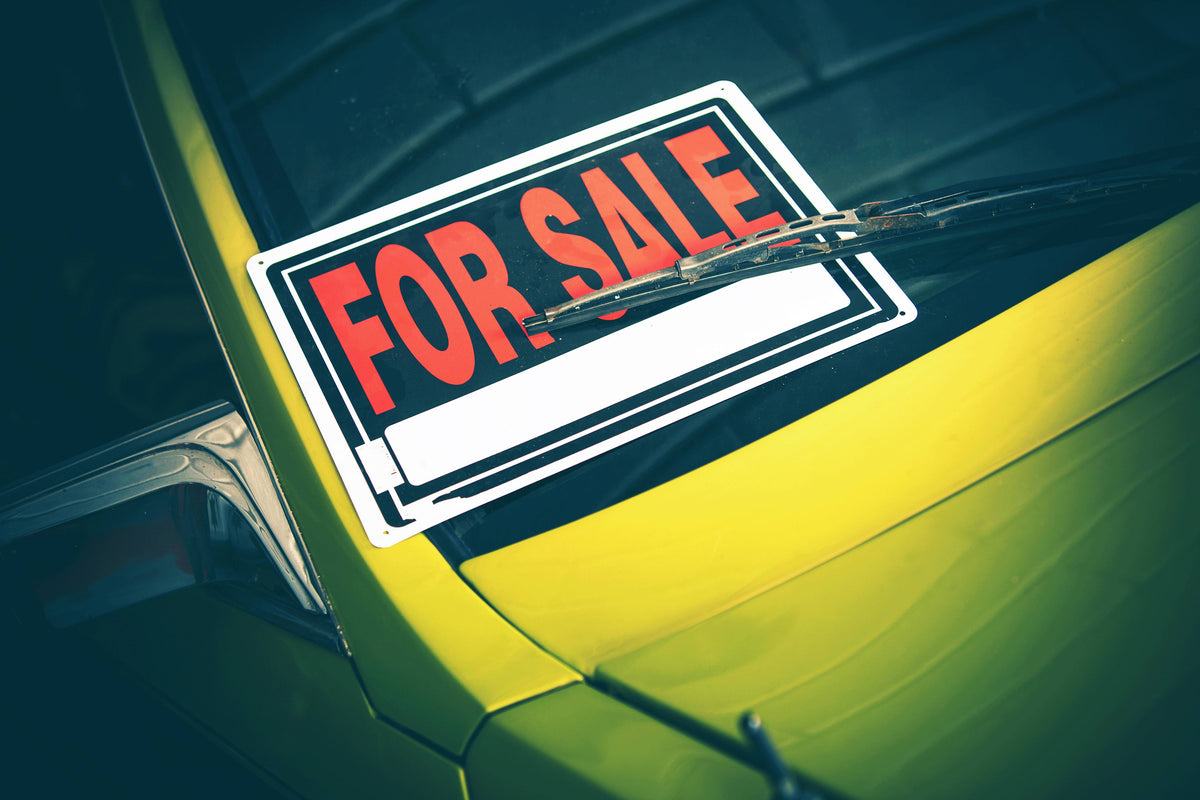
How to Inspect a Used Car - Tips for Buying Second Hand
|
|
Time to read 6 min
|
|
Time to read 6 min
With over 2.3 million used cars sold in 2023, pre-owned vehicles are a popular option for first-time or budget conscious buyers. But the truth is, purchasing a used vehicle can be hard! The market is filled with people trying to trick you and conceal critical issues with their cars. There are risks involved in the purchase like hidden problems, accident history, and finance owing. This is why it is crucial to properly inspect a used car before you buy.
But don't lose hope! With a structured inspection process and a few affordable tools like an OBD2 Reader, you can avoid buying a lemon - and you don't have to be a mechanic to do so.
💡 Did you know? A Shiny Engine Bay May Be Hiding Problems.
Some sellers clean the engine bay so well it looks brand new - but sometimes this is done to hide oil leaks or fluid stains. A spotless engine bay isn’t always a bad sign, but it’s worth checking for damp areas, new gaskets, or freshly applied sealant that could indicate a recent repair.
Before you go to inspect the vehicle, its a good idea to do some research. Proper research can prevent wasted time and costly repair bills. Here's what you need to know:
If you unknowingly purchase a stolen vehicle or one that still has finance owing, the vehicle can be repossessed - leaving you out of pocket. It is important to check for any accident history or repairs as these can affect reliability and value.
Did You Know? Low Odometer Readings Aren't Always Good News.
Everyone loves a “low km” used car, but a vehicle that’s barely driven for years might have hidden problems like perished seals, rust in the exhaust, or old, degraded fluids. Sometimes, a moderately used and well-maintained car is actually a safer bet.
You don't have to be a mechanic to buy a used vehicle, but knowing what to look for is important. When inspecting a used car, first impressions matter - and the outside of a pre-owned vehicle can tell you a lot.
A thorough check of the engine bay is an important step in a used car inspection - but for many, its where their confidence falters.
While this stage of the used car inspection is mostly looking for cosmetic issues and wear, there are still some important factors to consider:
Everything looks good so far - now its time for the test drive. Here's what you need to know:
Did you know?
Check wheel alignment on a straight, flat road - if the car is pulling sideways, this indicates poor wheel alignment.
If everything has gone well, its time for the final checks.
Inspect the car inside, outside, and under the bonnet.
Check service history and vehicle reports.
Ask direct questions about condition and ownership.
Use a scan tool to detect hidden issues before buying.
Buying a used car doesn’t have to be a gamble - as long as you know what to look for and ask the right questions. A thorough inspection, a little research, and a clear conversation with the seller can save you from costly mistakes and give you confidence in your purchase.
Don’t rush the process. Take your time, bring along a checklist, and if in doubt, get a qualified mechanic to give the car a professional once-over.
Equip yourself with the right tools for the job. Our OBD2 scan tools can uncover hidden faults in seconds - before you commit to buying.
Browse our range of scan tools here and shop with confidence.
Not always. Basic visual checks plus an OBD2 reader can reveal a lot before you pay for a mechanic - but you do need to do your research first!
It’s a small device that plugs into the car’s diagnostic port to check for engine, emissions, and transmission faults - great for peace of mind.
They can clear codes, but stored history and live sensor data may still reveal issues.
Yes - start with a visual inspection and diagnostic scan, then a test drive for a complete picture.
Use it to negotiate the price, or walk away if the cost of fixing outweighs the deal.
Now, its time to check for issues that may not be visible from just a visual inspection. Using an OBD2 Scanner can retrieve fault codes (known as DTC's) from the vehicle's onboard diagnostic system. Fault codes can give you insight into any issues that may not be visible.
The Australian Automotive Association (AAA) estimates the average Australian household spends over $1744 annually in vehicle maintenance costs. An OBD2 Scanner not only prevents unexpected repair bills when inspecting a used car, but also helps with the ongoing maintenance on your vehicle.
At AutoTech, we stock a range of affordable diagnostic tools that are suitable for all experience levels.
Did you know?
An OBD2 scan tool can reveal hidden issues even if there are no dashboard warning lights - some codes remain stored.


